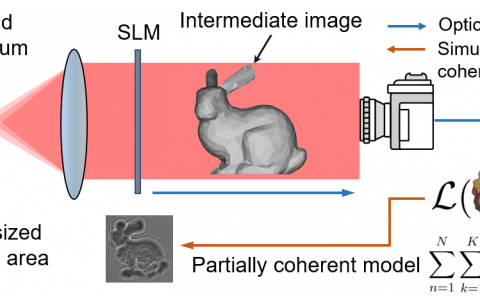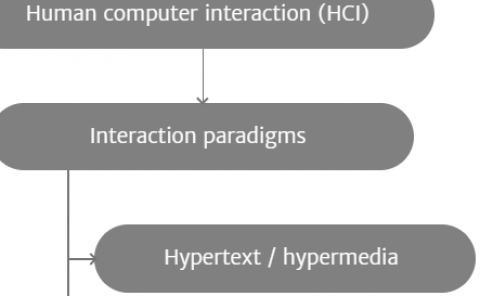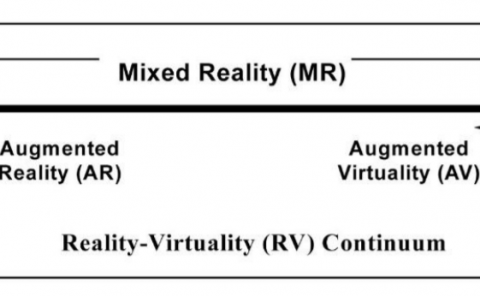Crossing-Based Selection with Virtual Reality Head-Mounted Displays
PubDate: May 2019
Teams: Nanjing University of Aeronautics and Astronautics,Kochi University of Technolog,Chinese Academy of Sciences
Writers: Huawei Tu;Susu Huang;Jiabin Yuan;Xiangshi Ren;Feng Tian
PDF: Crossing-Based Selection with Virtual Reality Head-Mounted Displays

Abstract
This paper presents the first investigation into using the goal-crossing paradigm for object selection with virtual reality (VR) head-mounted displays. Two experiments were carried out to evaluate ray-casting crossing tasks with target discs in 3D space and goal lines on 2D plane respectively in comparison to ray-casting pointing tasks. Five factors, i.e. task difficulty, the direction of movement constraint (collinear vs. orthogonal), the nature of the task (discrete vs. continuous), field of view of VR devices and target depth, were considered in both experiments. Our findings are: (1) crossing generally had shorter or no longer time, and higher or similar accuracy than pointing, indicating crossing can complement or substitute pointing; (2) crossing tasks can be well modelled with Fitts’ Law; (3) crossing performance depended on target depth; (4) crossing target discs in 3D space differed from crossing goal lines on 2D plane in many aspects such as time and error performance, the effects of target depth and the parameters of Fitts’ models. Based on these findings, we formulate a number of design recommendations for crossing-based interaction in VR.



